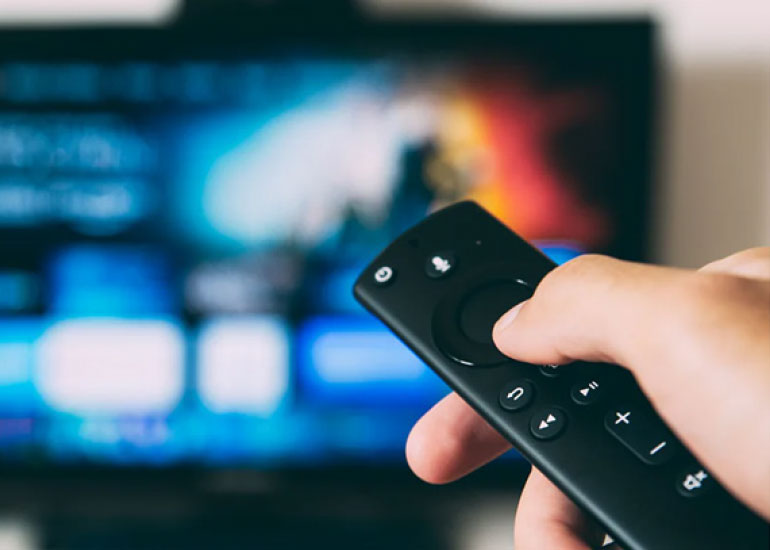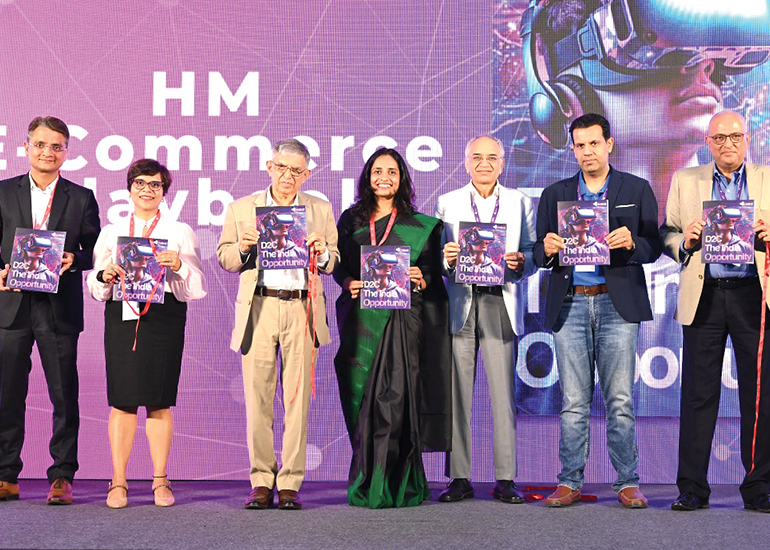The subject of Connected TV has generated immense hype across the various stakeholders of the media ecosystem, with many making bold projections about its expansion in India. The truth of its real presence among Indian homes has unraveled in the widely acknowledged industry reports by FICCI-E&Y and CII-KPMG. Both reports have estimated its reach at 10 million homes which is less than 5% of India’s TV universe.
The low penetration of wired broadband connections among Indian homes had raised concerns and apprehensions on the scale of connected TV, further accentuated by tall claims made by walled gardens. While smart TVs account for about 90% of new TV shipments, their conversion to connected TV is contingent on the availability of high-speed internet which is limited to only 7% of Indian homes currently. As per TRAI, total internet fiber homes which can deliver speeds above 10 mbps in India stand at a mere 12-13 million. For CTV to scale in India, high speed internet connectivity is a massive challenge in addition to low CTV penetration. Simply put, the increase in smart tv purchases in India does not indicate a proportionate conversion into connected TVs.

To add issues of low penetration and lack of infrastructural capabilities, the absence of cost arbitrage for OTT platforms vis-à-vis pay TV subscription is likely to keep the connected TV growth modest as opposed to its exponential expectations. With minimal cord cutting expected in the next five years as per the recent report by CII-KPMG, bold industry projections of CTV reaching 40 million by 2025 is a distant possibility.
For advertisers looking to target premium audiences, the scale at which CTV is operating in India is miniscule when compared to HD TV, which currently stands at over 50 million as per BARC. Viewer experience of genres like live sports is severely hampered on connected TV with a significant lag compared to live feed available on linear TV. Global trends around connected TV are not indicative of the near future in India and as it stands, it seems like the platform will be playing catch-up to its direct competition.























